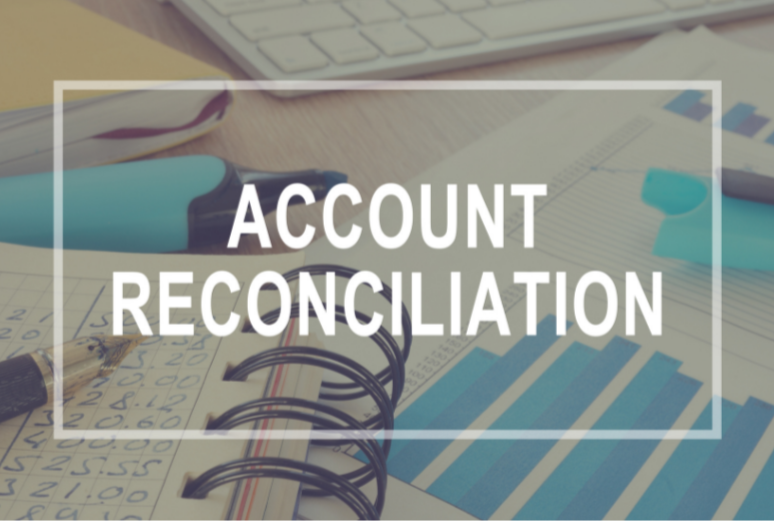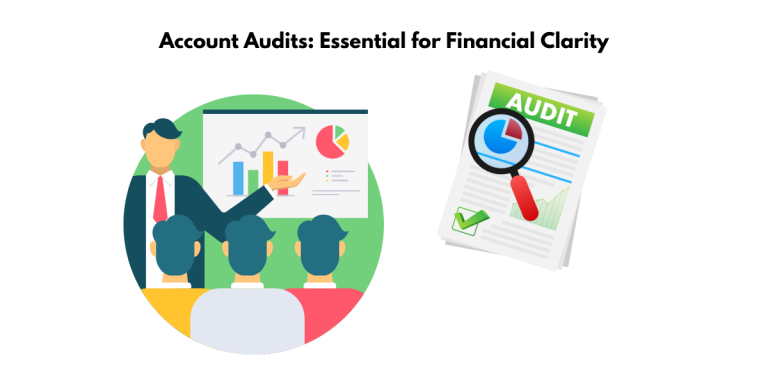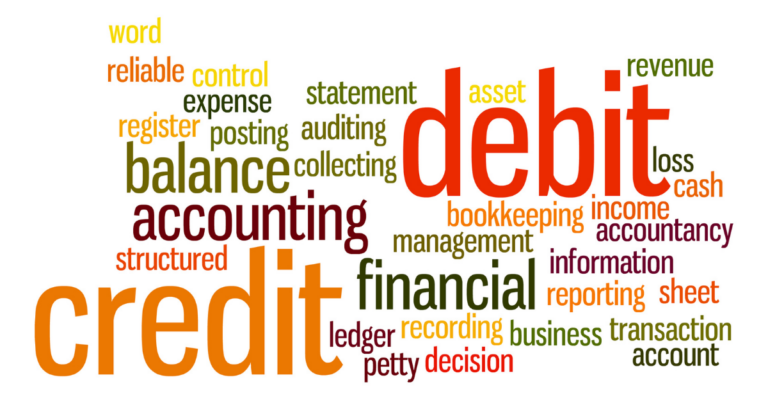A Guide to Everything You Need to Know About Bank Reconciliations
Bank reconciliations may not be the most exciting topic, but they are essential for accounting. In essence, bank reconciliation is the process of comparing your company’s bookkeeping records with the actual transactions that have taken place in your bank account. This helps to ensure that there are no discrepancies between the two systems and that your books accurately reflect your financial position.
It’s no secret that bank reconciliations are one of the most dreaded tasks in accounting, but they’re also one of the most important. By doing them regularly, you protect yourself from pitfalls like overdrawing money and becoming a victim of fraud. This article will walk you through everything you need to know about bank reconciliations, including what they are, why they’re important, and how to do them properly.
What is bank reconciliation?
Bank reconciliation compares a company’s books with its bank statements to ensure that all transactions are accounted for. This is done to get an accurate picture of the company’s financial health and ensure no discrepancies exist between the two records. This process is done at the end of every month to ensure accuracy.
It is often necessary to perform a bank reconciliation daily for businesses that have a high volume and value of transactions. This procedure compares the cash balance shown on the company’s books with the amount that should be present in the bank account, considering outstanding deposits and withdrawals. Any discrepancies discovered during this process can then be addressed.
For instance, if according to your records, your current balance is $5000 and your bank statement similarly shows $5000, your bank account is considered reconciled. But, if there’s a mismatch, say your records show $5000 while the bank statement indicates $5500, the account is unreconciled, and you must identify the error and correct it. Regularly reconciling keeps your cash records accurate and can also detect any fraud or money manipulation activities.

What are the different types of bank reconciliations?
There are three main types of bank reconciliations: cash, accrual, and modified accrual. The cash basis is the simplest type- it only considers transactions in which money has changed hands. The accrual basis considers all transactions, whether or not money has changed hands yet. Finally, the modified accrual basis is a combination of the two- it takes into account transactions that have already happened and those that will happen in the future. All three of these methods have benefits- an accurate view of the amount of money in your bank account, helps you stay compliant with HMRC, etc.
1. Periodic Reconciliation
Periodic reconciliation is the regular process of matching and comparing figures from accounting records against those presented on a bank statement.
To perform a Periodic Reconciliation:
- Step 1: Gather all your bank statements to start the reconciliation process.
- Step 2: Establish a consistent reconciliation schedule, whether daily, weekly, or monthly depending on the volume of transactions.
- Step 3: Record and confirm all transactions up to the end of your bank statement period.
- Step 4: If using online banking, download bank statements for the regular reconciliation process rather than entering information manually.
- Step 5: Correct any discrepancies and ensure the balances of both accounts align.
- Step 6: For risk mitigation, perform internal audits at least once a month and once yearly by an external auditor.
2. Bank Statement Reconciliation
A Bank Statement Reconciliation is the process where you confirm your financial records align with those of your bank. Its importance lies in keeping accurate financial records and detecting possible fraud or errors.
To begin the process:
- Compare your accounting records with your bank statement.
- Identify and note any discrepancies such as missing deposits or charges.
- Make adjustments or corrections to align your records with the bank’s.
- Note any outstanding checks or deposits in transit..
3. Account Reconciliation
Account reconciliation is the method of ensuring that your personal/biz records match up with the bank’s by identifying variances and correcting them.
For instance, say you run “Greg’s Popsicle Stand”. You compare your internal sale records with the bank statement at month-end to spot any discrepancies.
Key features of account reconciliation:
- Regularly comparing your bank statements with personal records.
- Identifying and correcting discrepancies.
- Ensuring accuracy of the books.
- Helps in spotting errors, fraudulent charges or omissions.
- Not just limited to bank accounts but includes credit cards, PayPal, etc.
- In the modern accounting era, transactions are reconciled in real-time.
- Acts as a proactive process to prevent errors.
- Provides key stakeholders with timely account information.
4. Bank Statement vs. Books Reconciliation
Managing your finances involves balancing your bank statement versus your books. Bank reconciliation helps ensure that your financial records align with your bank’s records for precise accounting.
Here’s how it works:
- First, collect your bank statements and your business’s general ledger.
- Next, compare the account balance reported by the bank with your company’s ledger. Look for discrepancies in the bank deposits and withdrawals recorded in both books.
- If the balances don’t match, identify the reasons to reconcile the differences.
- Once the reasons are found, make necessary adjustments or corrections.
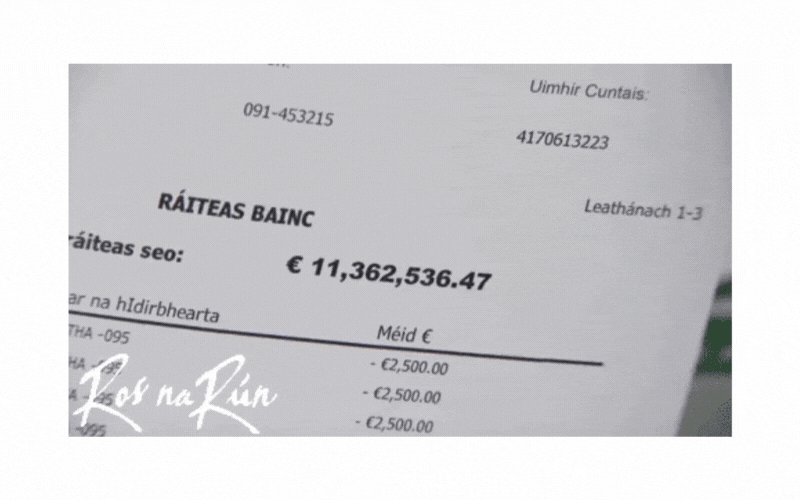
5. Bank Reconciliation for Small Businesses
Bank reconciliation is essential for small businesses to ensure that their financial records are accurate, which can decrease taxes, signal potential fraud, and help to monitor expenses effectively. It involves reviewing your business’s transactions and expenditures against your bank’s report, similar to balancing a personal checkbook. To illustrate, imagine your business incurs various transactions, from sales to expenses, throughout the month. You would then compare your record of these transactions with your bank’s record, ensuring both lists coincide. Any discrepancies would need investigation. Here’s the expanded list of how to do it:
- Obtain bank records such as transaction listings that can come from bank statements, online banking, or straight from accounting software.
- Collect your business records which could be in the form of logbook entries, spreadsheets, or the data extracted by accounting software.
- Identify the last record where your business account balance matches that in your bank account.
- Examine your bank’s deposits and confirm each one has a corresponding entry in your business book.
- Check income in your records and validate each with a matching deposit on your bank statement.
- Review bank withdrawals, ensuring each has been recorded in your accounts.
- Confirm each entry of your expenses with a corresponding withdrawal on your bank statement.
- After confirming all the deposits and withdrawals, your end balances in the business books should match the balance in your business bank account.
6. Transactions Identification Process
- Start by manually matching your organization’s books with bank statements to ensure all transactions are recorded accurately.
- Unmatched items? Investigate why. It could be a transaction waiting to clear, or perhaps an overlooked cash payment.
- Use accounting software for automated bank reconciliation. It not only makes the process easier but also reduces the chance of errors.
- Consistently check for discrepancies between your records and the bank’s. Regular checks can help detect fraud promptly.
- Finally, ensure you have a list of your transactions either from online banking, bank statements, or shared data from your bank to your accounting software.
7. Reconciling Your Bank Statement with QuickBooks
QuickBooks excels as a user-friendly tool for bank reconciliations, streamlining the process to match transactions concisely.
Top features for QuickBooks include:
- Easy connection to bank, credit cards, PayPal, Square
- Automated transaction importing
- Informative reconciliation screen
- Handy option for making adjusting entries
- Support for reconciling a variety of accounts
8. Bank Reconciliation Statement
A Bank Reconciliation Statement is a summary outlining the business and banking activities that reconcile a company’s bank account with its financial records.
Step-by-step guide:
- Start by comparing the cash balance on the company’s balance sheet to the corresponding amount on the bank statement. This pinpoints any discrepancies.
- Analyze every entry affecting the account – deposits, withdrawals, and fees charged by the bank.
- Identify and list outstanding cheques. These are issued cheques yet to be presented at the bank.
- Make necessary adjustments, keeping in mind that these discrepancies are usually rectified in the following period and not backdated.
- Recheck post adjustments. Ideally, the balance of the reconciliation statement should equal the ending balance of the bank account.
- Generate a reconciliation report via accounting software. This report should include book balances, bank balances, identified differences, and any remaining discrepancies. Retain this report’s copy for audit purposes.
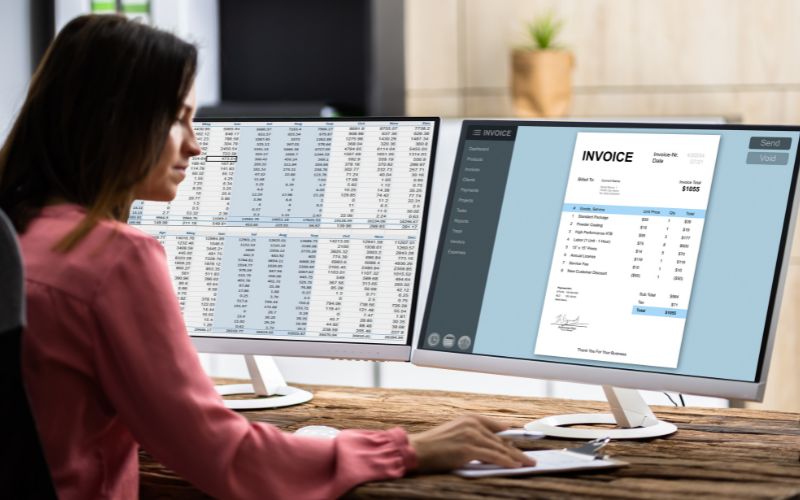
How to do a bank reconciliation
First, start by using a free template to help you get organized. Next, record what you did to match the balances- this will help you stay organized and ensure accuracy. Finally, take a look at the bank reconciliation process in more detail to understand better how it works. This guide is meant to catch up for those just starting with bookkeeping.
Preparation of form
Overview:
Getting your bank reconciliation form ready might seem like a bit of a task, but rest assured it’s manageable. This involves aligning your bank and accounting records, and with a few pointers, anyone can do it easily.
Instructions:
- First, gather your bank statements and accounting records.
- Next, start by comparing your bank statement with your accounting ledger.
- Third, mark off any items that match both.
- Observe any discrepancies between the two; they could be from errors, delayed transactions, or uncleared checks.
- At this point, remember, entries in your accounting ledger not reflected in the bank statement will occur.
- Last, create an adjusting entry for these discrepancies.
Compare deposits
Comparing deposits during a bank reconciliation is crucial to maintain financial accuracy and prevent potential overdrawn accounts. This process helps to ensure all recorded transactions match your bank statement.
- Start by matching the deposits in your personal or business records with those in the bank statement.
- Investigate any missing deposits in either record; it could be due to timing issues or recording errors.
- Compare your documented withdrawals to those listed in the bank statement. Any discrepancies should be investigated further.
Remember, do not lump several deposits together in your general ledger if they were made separately. Never assume the bank is error-free; check all your deposits for accuracy. Lastly, ensure every bank transaction, whether it’s a deposit or withdrawal, is reflected in your bank statement. If an item is missing, add it. Accuracy in maintaining financial records is vital to proper bank reconciliation.
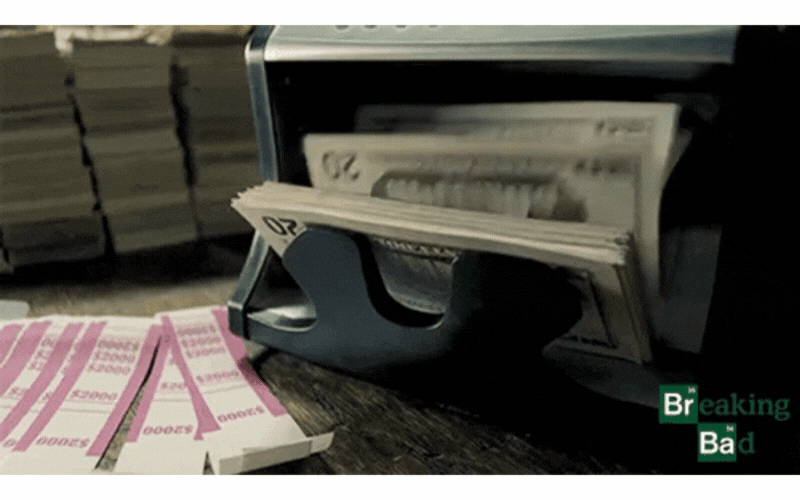
Compare checks and adjust bank’s total
- Begin the bank reconciliation by comparing your company’s list of issued checks and deposits with those appearing on the bank statement to identify any uncleared checks and deposits in transit.
- Subsequently, from the cash balance noted on the bank statement, add the identified deposits in transit.
- Then proceed to subtract any outstanding checks from the amended cash balance.
- In the course of balancing your books, start by taking the company’s ending cash balance and include any accrued interest and notes receivable amount.
- Deduct any bank service fees, penalties, or NSF checks from this sum to get the adjusted company cash balance.
- Now the adjusted bank balance should align with the company’s ending adjusted cash balance.
- If there’s any discrepancy, look for possible bank errors like incorrect amount entries or omitted amounts.
- Remember to account for any bank service fees missing from the company’s books while tallying both records.
Create journal entries
Creating journal entries is a fundamental final step in the bank reconciliation process, ensuring your balance sheet perfectly matches your bank statement. This process accurately reflects all transactions, thereby making your financial monitoring accurate and transparent.
- Start with the date, account, debit, and credit columns in your ledger
- Increase your cash account to account for the interest income ($5 on 1/31/2020 as per the given example)
- Reduce your cash account to account for the bank service fee ($30 on 1/31/2020)
- Remember, items like outstanding checks which are already in the G/L do not need to be recorded again
- Look for unexpected transactions like unknown deposits or checks that are not related to your business
- Record these transactions either as adjusting journal entries in your ledger or in a separate bank reconciliation statement
- Ensure your updated general ledger report reflects these adjustments before the period’s closing entries.
Who is responsible for bank reconciliations?
In most business settings, the task of conducting bank reconciliations typically falls on the shoulders of the accounting department. These financial sleuths accept the essential responsibility of matching transactions recorded in the company’s general ledger with the bank statements.
Here’s how you’d tackle a bank reconciliation step-by-step:
- Always start the process at the close of a financial period, such as at the end of the month, once you’ve gotten your hands on the bank statements.
- Dutifully match the data recorded in the general ledger with the data on the bank statements. Expert Tip: Keep a keen eye out, as discrepancies might pop up. These exceptions like deposits in transit or bank fees require close examination.
- To validate these discrepancies, gather additional supporting documentation. This step is crucial to ensure financial accuracy between the two systems.
Why do bank reconciliations matter?
It’s extremely important to have a process of regularly reconciling your bank accounts. This improves your internal controls and helps you lock down cleared transactions. In addition, it also gives you a better understanding of your financial situation and where your money is going.
To see your business as it is
A bank reconciliation is important because it gives you a true view of your business’s financial state. You can catch discrepancies such as bank service fees or interest income that you may have missed before. This way, you can make changes and improve your business practices. However, if discrepancies are discovered when reconciling the bank account, it’s important to investigate and find out where the money went. It could be that a cheque never cleared or was cashed illegally, for example.

To track cash flow
Imagine making decisions based on numbers that may or may not be accurate! That’s scary, isn’t it? In business, bank reconciliations are your knight in shining armor that protects against such situations.
- Bank reconciliations play a crucial role in managing cash flow. It helps us track when money enters the business and when it actually hits the bank account. This gives you a complete picture of how to plan collections and expenditures.
- It ensures your books reflect reality. When bank statements, credit card statements, and bookkeeping match, you can trust your cash position. This way, you can avoid overspending or under-investing. Checking for bank service fees or interest income ensures your cash balance is precisely accurate.
- Regularly aligning your records with bank statements also safeguards against discrepancies. Charges, deposits, transits, outstanding checks, service fees, interest income, or NSF checks – everything gets accounted for, providing a clear cash account.
Detect fraud and errors
Bank reconciliations highlight discrepancies, potentially unearthing fraudulent actions as they happen. For instance, if a vendor tampered with a check, making the withdrawn amount larger than agreed, this discrepancy would show when reconciling your bank statement. Equally, if a business partner took a larger portion of money from a shared account than they recorded in the books, a bank reconciliation would reveal this.
To stay on top of accounts receivable
Bank reconciliations aren’t a triviality – they’re the difference between thinking you have money and actually having it! Regular bank reconciliation acts as a control mechanism, instantly highlighting any discrepancy in your accounts receivable.
Regularly scheduled bank reconciliations help you accurately spot and fix inconsistencies, ensuring cash balance accuracy.
There’s more to bank reconciliations than just finding errors. They’re a great way to get into the mindset of your financials and find any discrepancies. Plus, there’s something Zen about them. After all, they are all about finding balance.

